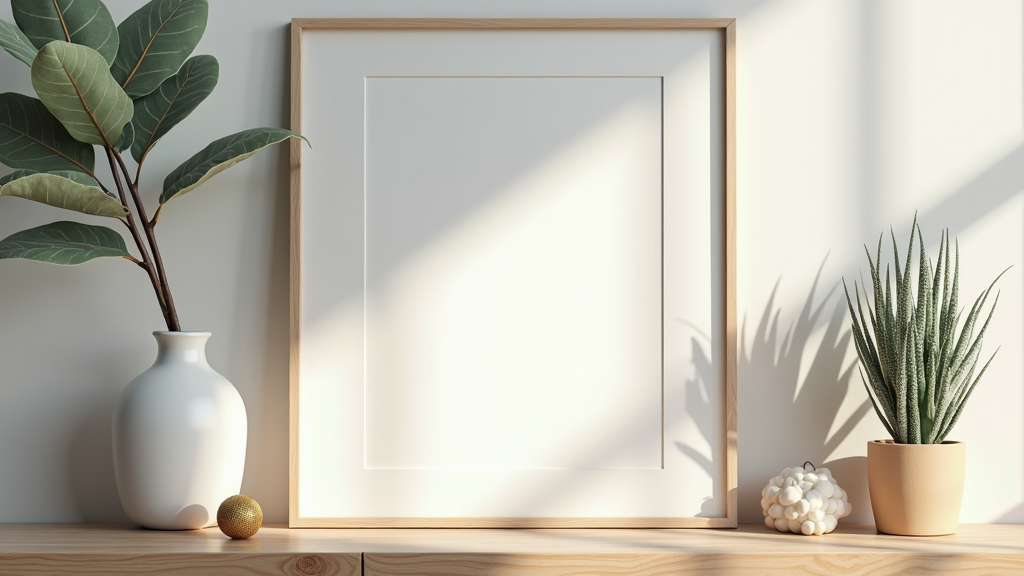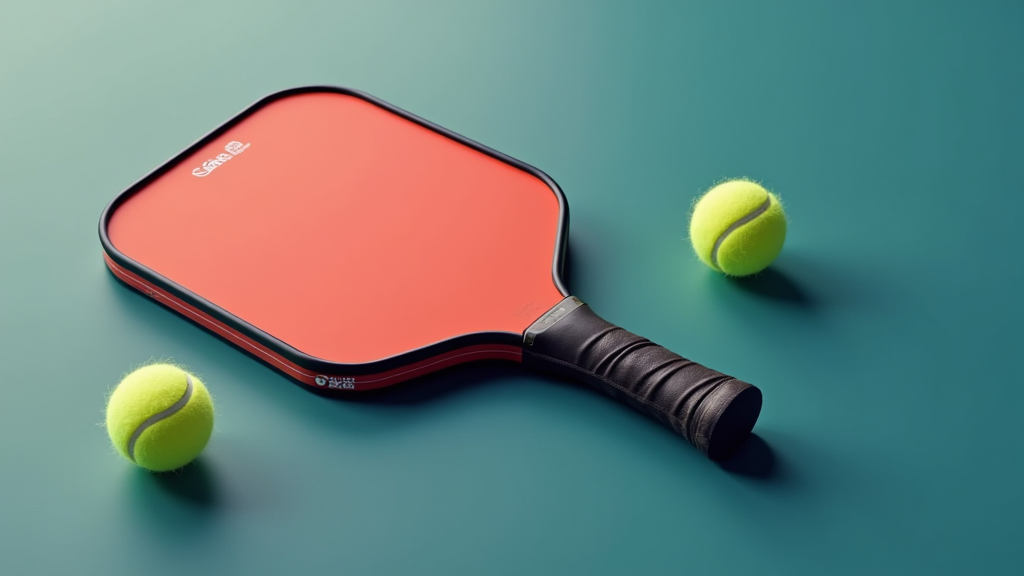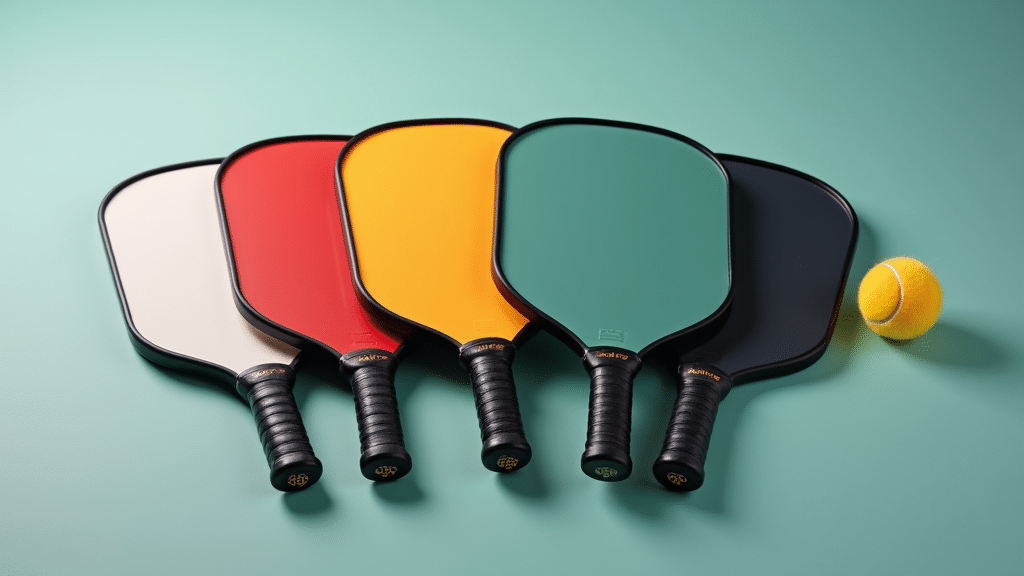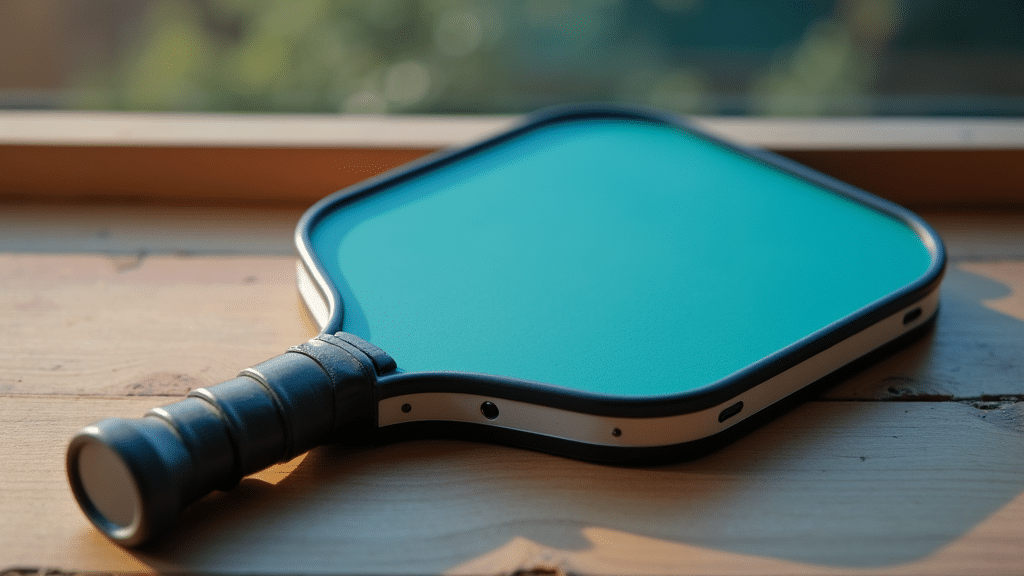Table of Contents
Introduction

Overview and Importance
Pickleball paddle customization is rapidly gaining traction within the pickleball community. More players than ever are recognizing the benefits of tailoring their equipment to match their individual playing styles and preferences, moving beyond the one-size-fits-all approach of standard paddles.
The ability to personalize a pickleball paddle offers a significant advantage. It allows players to fine-tune their equipment for enhanced performance, better control, and increased power. This level of customization was once a niche pursuit but is now becoming increasingly mainstream.
Consider these hypothetical, but indicative, statistics: the custom pickleball paddle market is projected to grow by 25% in the next 5 years, reflecting the rising demand for personalized equipment. Furthermore, a survey suggests that 60% of pickleball players express interest in customizing their paddles, highlighting a substantial market eager to explore the possibilities of tailored gear.
Why does this growing trend matter? Customization offers several key benefits. First, it enhances performance by allowing players to optimize their paddle for their specific strengths and weaknesses. Second, it provides an opportunity for brand representation and team identity, enabling teams and organizations to showcase their logos and colors on their paddles. Finally, it allows for unique personal expression on the court, transforming a functional piece of equipment into a statement of individuality.
Background
The history of pickleball paddles began with relatively simple designs. Early paddles were basic, often made of wood, and offered limited customization options. Players had to adapt their game to the available equipment, rather than the other way around.
However, recent years have seen significant developments in paddle technology and manufacturing. Advancements in materials, such as carbon fiber, graphite, and polymer cores, have opened up new possibilities for paddle design and performance. These innovations have paved the way for a wider range of customization options.
The increased availability of customization services, both online and in pro shops, has also contributed to the rise of custom paddles. Players can now easily access a variety of options, from selecting specific materials to designing custom graphics. Importantly, USA Pickleball has approved certain custom paddles, ensuring that personalized equipment can still meet official standards for tournament play.
What You’ll Learn
In this guide, you’ll learn about the core concepts of pickleball paddle customization and how they impact your game. We’ll cover essential aspects such as paddle size, shape, thickness, surface material, grip selection, and edge guard options.
You’ll gain an understanding of how each of these customization options affects performance. For example, you’ll learn how paddle weight and balance can influence your swing speed and control, and how different surface materials can affect the spin you generate on the ball.
Beyond the theory, we’ll explore practical applications of paddle customization. You’ll learn how to design a paddle optimized for power, control, or a balanced combination of both. We’ll also discuss how to customize paddles for corporate events or team play, creating a unified and professional look. Finally, we’ll guide you through the process of choosing the right materials and features to match your individual playing style and preferences, ensuring that your custom paddle truly enhances your game.
Understanding the Basics
Fundamental Concepts
Before diving into the specifics of paddle selection, it’s crucial to grasp the fundamental concepts that define a pickleball paddle. Understanding these basics will empower you to make informed decisions and choose a paddle that complements your playing style.
Let’s start with some key definitions:
- Core thickness:This refers to the thickness of the paddle’s core, typically measured in millimeters. Common thicknesses include 13mm, 16mm, and everything in between.
- Surface material:This is the material that covers the paddle’s face, directly impacting how the ball interacts with the paddle. Popular materials include fiberglass and carbon fiber.
- Grip size:The circumference of the paddle’s handle, measured in inches. Common sizes range from 4 1/4″ to 4 3/8″.
Now, let’s explore the core principles that govern how these elements affect performance:
- Core thickness and its impact:Core thickness plays a significant role in the balance between power and control. Thicker cores generally offer more control and a softer feel, allowing for precise shot placement. Thinner cores, on the other hand, tend to provide more power, enabling you to drive the ball with greater force.
- Surface material and its impact:The surface material significantly impacts ball spin and feel. Carbon fiber surfaces typically offer more spin potential compared to fiberglass, allowing you to impart more rotation on the ball for angled shots and strategic plays. Fiberglass provides a softer feel and is often preferred by players who prioritize control and dinking.
- Grip size and its impact:Grip size affects both comfort and control. A proper grip size prevents slippage and reduces fatigue during extended play. A grip that is too small can lead to over-gripping, causing tension in your hand and arm, while a grip that is too large can make it difficult to maintain control of the paddle.
Essential Components
Now that we’ve covered the fundamental concepts, let’s break down the essential components that make up a pickleball paddle. Understanding these components will give you a better appreciation for the construction and functionality of your paddle.
Here are the required elements of a pickleball paddle:
- Paddle blank:The foundation of the paddle, consisting of the core and surface material bonded together.
- Grip tape:Wrapped around the handle to provide a comfortable and secure grip.
- Edge guard:A protective strip that surrounds the paddle’s edge, preventing damage from impacts.
- Custom design (optional):Many paddles offer customization options, allowing you to personalize the appearance with unique graphics or colors.
When selecting a paddle, consider these key features:
- Primary aspects:
- Secondary aspects:
- Important variations:
- Core material:The core can be made from various materials, including polymer, Nomex, or aluminum. Each material offers a different blend of power, control, and feel. Polymer cores are common and offer a good balance. Nomex cores are known for their power, while aluminum cores provide a crisp feel.
- Surface material:As mentioned earlier, common surface materials include fiberglass, carbon fiber, and graphite. Each material affects the paddle’s spin potential and feel.
- Paddle weight:Paddle weight typically ranges from 7.0 to 8.5 ounces. Lighter paddles are easier to maneuver, while heavier paddles offer more power.
- Grip circumference:Ranges from 4″ to 4.5″, impacting comfort and control. Finding the right grip size is crucial for optimal performance.
- Edge guard thickness:Typically ranges from 0.125″ to 0.25″, providing varying levels of protection. A thicker edge guard offers more durability.
- Paddle length & width:Standard dimensions are 8″ width x 16″ length, while elongated paddles can be up to 17″ in length. Elongated paddles offer extended reach.
- Paddle shape:Paddles come in various shapes, including standard, elongated, and widebody. Standard shapes offer a balanced feel, elongated shapes provide extended reach, and widebody shapes offer a larger sweet spot.
- Grip style:Grips can be cushioned, ribbed, or smooth, catering to different preferences. Cushioned grips provide extra comfort, ribbed grips offer enhanced grip, and smooth grips provide a minimalist feel.
- Edge guard color:Edge guards are available in various colors, including black, white, and custom options, allowing for personalization.
Detailed Guide

Preparation
Before diving into the exciting world of customizing your pickleball paddle, careful preparation is key. This ensures a smooth process and a final product that meets your exact specifications and performance needs.
Here’s what you’ll need:
- Paddle blank
- Custom design file (if applicable)
- Grip tape
- Edge guard
- Adhesive (for edge guard)
- Scissors or utility knife
- Measuring tape
Once you have gathered your materials, set up your workspace:
- Clean the paddle surface thoroughly to remove any dirt or residue. This will ensure proper adhesion of grip tape and edge guard.
- Ensure proper ventilation, especially if you’re using adhesives or applying finishes.
- Organize all your tools and materials within easy reach.
Finally, there are some important considerations to keep in mind before starting the customization process:
- Choose a reputable customization service with a proven track record of quality and customer satisfaction.
- Review design proofs carefully, paying close attention to colors, dimensions, and overall aesthetics. This is your last chance to make changes before production begins.
- Understand the production timeline, which typically ranges from 2 to 4 weeks, depending on the complexity of the design and the manufacturer’s workload.
Step-by-Step Process
Customizing a pickleball paddle involves a series of steps, from initial design to final delivery. Here’s a clear, step-by-step guide to help you navigate the process:
To ensure the best possible results, follow these best practices:
- Use high-resolution images (300 DPI or higher) for custom designs to avoid blurry or pixelated prints.
- Communicate clearly and effectively with the customization service, providing detailed instructions and addressing any questions or concerns promptly.
- Double-check all specifications, including paddle dimensions, material choices, and design details, before submitting your order.
Avoid these common mistakes:
- Using low-resolution images that result in blurry or distorted prints.
- Not verifying design proofs carefully, leading to errors in the final product.
- Selecting incompatible materials or features that compromise the paddle’s performance or durability.
Advanced Techniques
For pickleball enthusiasts seeking to take their customization to the next level, here are some advanced techniques and expert tips:
Expert Tips:
- Experiment with different core thicknesses to find the optimal balance of power and control. Thicker cores generally provide more power, while thinner cores offer greater control.
- Consider the impact of surface material on spin and feel. Graphite surfaces tend to offer more spin potential, while fiberglass surfaces provide a softer feel.
- Customize your grip tape for enhanced comfort and performance. Experiment with different textures, thicknesses, and materials to find the perfect fit for your hand.
Optimization Methods:
- Use UV printing technology for vibrant, durable designs that resist fading and scratching.
- Apply edge guard properly to protect the paddle from damage and extend its lifespan. Ensure the edge guard is securely adhered to the paddle’s edge.
- Regularly clean and maintain your paddle to prolong its lifespan and maintain optimal performance. Use a mild soap and water solution to remove dirt and grime.
Troubleshooting:
- Design issues: If you encounter problems with your design, contact the customization service for assistance. They can provide guidance on image resolution, color correction, and other design-related issues.
- Production delays: If your order is delayed, inquire about the status of your order and request an estimated delivery date.
- Quality concerns: If you notice any defects in your paddle, such as peeling graphics or loose edge guard, report them to the manufacturer immediately and request a replacement or refund.



